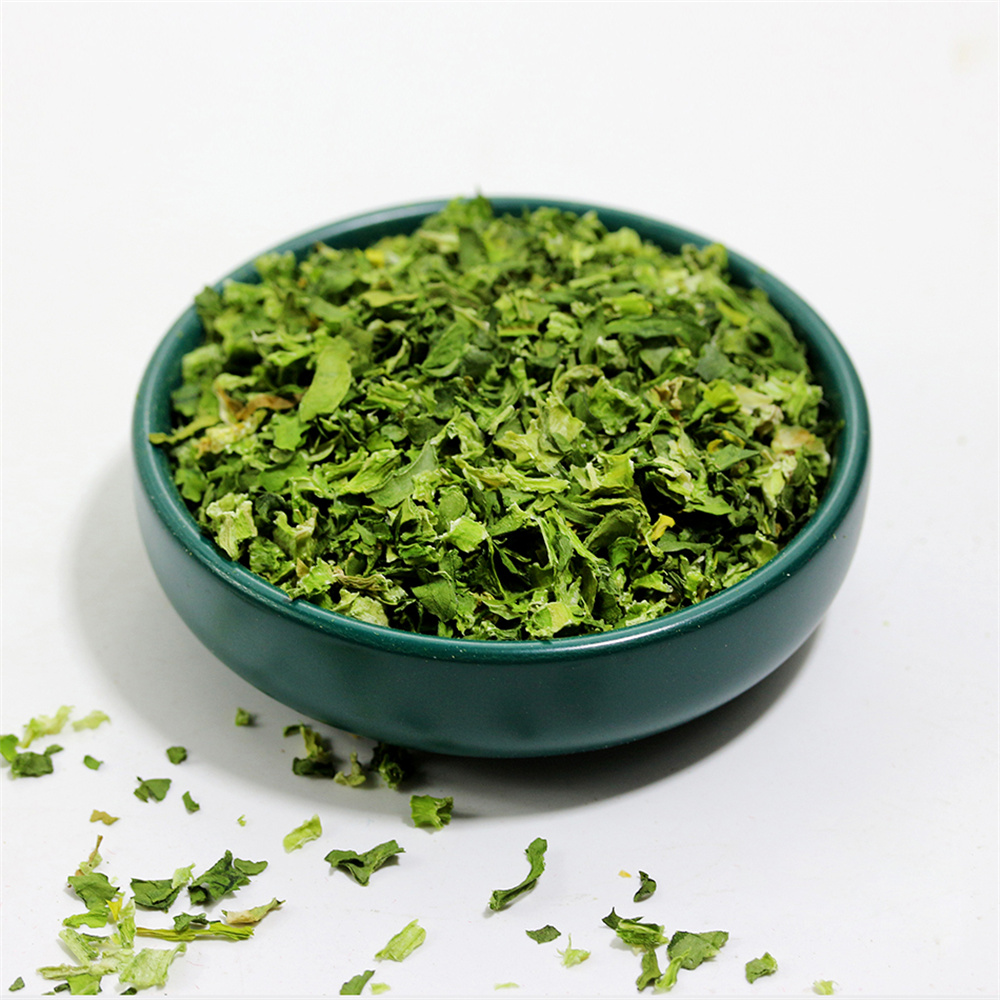Under normal circumstances, tomato fruit will turn color after maturation, pink fruit varieties become pink, red fruit is turned into a big red, yellow varieties turn yellow, but some fruit after the color change in the fruit shoulder and near the fruit pedicle Residues of green patches eventually failed to change color, resulting in the formation of red and green flowers. In which the green flesh parts harden and the flesh is slightly acidic.
Symptoms of tomato physiological disease: yellowish-brown spots appear on the lower leaves of the plants with greenish berry. Symptoms start from near the tip of the tip and the tip of the leaf. The color of the leaves is darker, gray-green, and less glossy. The leaflets burned, the leaf margins curled, and the old leaves slipped easily. In the later period, the development of the fruit is slow, the ripening is uneven, the coloration is uneven, the color change is slow in the vicinity of the fruit pedicle, and the green mottled phase is called “green back diseaseâ€. This plant is susceptible to wilting and is susceptible to gray mold during growth.
Physiological diseases of tomato: The disease is a physiological disease. If too much nitrogen fertilizer is applied in the fruit turning stage, the fruit chlorophyll content will increase, which will cause the chlorophyll decomposition on the surface of fruit to be delayed or slowed, thus affecting the lycopene and carotenoids. form. When the temperature is too high or too low, it can cause fruit to appear green. Then there is the lack of potassium, boron and other elements in the soil, or when the soil is dry, it can lead to the occurrence of green berry.
Tomato physiological disease control measures:
(1) When applying base fertilizer, pay attention to the amount of organic fertilizer and biological bacterial fertilizer applied, use nitrogen, phosphorus, potassium and other large amounts of elemental fertilizer to make a reasonable ratio, and add a certain amount of boron-containing compound fertilizer.
(2) Drip irrigation or under-microfiltration sheds are used to prevent the soil from drying excessively.
(3) Increase the light intensity and time when the fruit enters the color change period. The temperature in the shed during the day is preferably controlled at 25-30 degrees.
(4) It is advisable to conduct the foliar dressing and blade maintenance on a regular basis, and spray once every 7-10 days.
In addition, bad coloring of tomato fruits will affect the sales phase, which will lead to a significant drop in production efficiency.
You can eat original shepherd's purse at home all year round. Homemade dehydrated shepherd's purse can be directly soaked in boiling water. The color and nutritional value remain the same, not only is the aroma stronger than fresh vegetables, but it is also more convenient to store, transport and pack. Shepherd's purse is a popular vegetable, but the shelf life is too short. Generally speaking, we can only eat fresh shepherd's purse in early spring and early autumn in three or four months. What should I do after the trial period ends? Don't worry, we're bringing it today - dehydrated shepherd's purse that tastes like a fresh vegetable when soaked. The key is to take good care of it.

Dehydrated Shepherd'S Purse,Original Dehydrated Shepherd'S Purse,Homemade Dehydrated Shepherd'S Purse,Premium Dehydrated Shepherd'S Purse
Laian Xinshuyu Food Co., Ltd , https://www.xinshuyufood.com